- Home
- Articles
- Architectural Portfolio
- Architectral Presentation
- Inspirational Stories
- Architecture News
- Visualization
- BIM Industry
- Facade Design
- Parametric Design
- Career
- Landscape Architecture
- Construction
- Artificial Intelligence
- Sketching
- Design Softwares
- Diagrams
- Writing
- Architectural Tips
- Sustainability
- Courses
- Concept
- Technology
- History & Heritage
- Future of Architecture
- Guides & How-To
- Art & Culture
- Projects
- Interior Design
- Competitions
- Jobs
- Store
- Tools
- More
- Home
- Articles
- Architectural Portfolio
- Architectral Presentation
- Inspirational Stories
- Architecture News
- Visualization
- BIM Industry
- Facade Design
- Parametric Design
- Career
- Landscape Architecture
- Construction
- Artificial Intelligence
- Sketching
- Design Softwares
- Diagrams
- Writing
- Architectural Tips
- Sustainability
- Courses
- Concept
- Technology
- History & Heritage
- Future of Architecture
- Guides & How-To
- Art & Culture
- Projects
- Interior Design
- Competitions
- Jobs
- Store
- Tools
- More
Designing the Future: Evolving Trends in Cultural Architecture
Discover the future of cultural architecture in our latest article, exploring how technology, sustainability, and community-driven design converge to transform spaces like museums and performance halls. We delve into innovative materials, smart technologies, and the importance of inclusivity, showcasing how these elements foster creativity and connection.

As we step into a new era, the landscape of cultural architecture is evolving at an unprecedented pace. We’re witnessing a fusion of technology, sustainability, and community-focused design that reshapes how spaces reflect our shared identities. From museums to performance halls, these structures are more than just buildings; they’re vibrant hubs for creativity and connection.
In this article, we’ll explore the future trends driving cultural architecture forward. We’ll delve into the innovative materials and smart technologies that will redefine how we experience art and culture. Together, let’s uncover how these trends not only enhance aesthetic appeal but also foster inclusivity and environmental responsibility in our communities.

Table of Contents
ToggleFuture Trends in Cultural Architecture
Future trends in cultural architecture reflect a blend of innovation, sustainable practices, and community engagement. We identify several key areas shaping this evolution.

Integration of Smart Technologies
Smart technologies enhance cultural spaces by providing immersive experiences. We see increased use of augmented reality (AR) for interactive exhibits in museums. Sensors track visitor movement, allowing for tailored experiences that respond to user engagement.
Sustainable Materials and Processes
Sustainability remains crucial in cultural architecture. We observe a shift towards eco-friendly materials, such as bamboo and recycled steel, minimizing environmental impact. Green roofs and energy-efficient systems further support sustainable designs, ensuring longevity and reducing energy consumption.
Community-Centric Design
Community engagement plays a vital role in cultural architecture. We prioritize designs that incorporate local culture and heritage, fostering connections between the structures and their neighborhoods. Community input during planning stages ensures that spaces cater to diverse populations.
Biophilic Design Principles
Biophilic design focuses on connecting people with nature. We implement features like natural light, indoor plants, and outdoor spaces in cultural buildings. These elements not only enhance aesthetic value but also improve well-being and promote mental health.
Flexible Spaces for Diverse Uses
Flexibility is essential for accommodating various events and programs. We design multifunctional spaces that adjust to different community needs, from performances to workshops. Movable walls and adaptable seating allow for rapid transformation, optimizing usability.
Innovative Use of Digital Art
Digital art gains prominence in cultural architecture, expanding creative boundaries. We integrate digital installations and projections within architectural designs, creating dynamic displays that evolve with technology. These artworks engage audiences and stimulate new conversations around culture.
Emphasis on Inclusivity
Inclusivity shapes the future of cultural architecture. We advocate for designs that consider accessibility for all, including individuals with disabilities. Features such as ramps, tactile pathways, and audio guides ensure everyone can fully appreciate art and culture.
By focusing on these trends, we can create cultural spaces that resonate with current needs while anticipating future demands.
Integrating Technology
Integrating technology into cultural architecture transforms how we experience art and community. By leveraging innovative tools and methods, we create spaces that resonate with modern needs.

Smart Buildings
Smart buildings encompass advanced technologies that enhance user experience and operational efficiency. We utilize sensors to regulate lighting and climate, optimizing energy consumption. For example, automated systems adjust HVAC settings based on occupancy levels, significantly lowering energy costs. Moreover, integration of augmented reality facilitates interactive exhibits, allowing visitors to engage deeply with art installations. Data-driven insights improve maintenance, enabling us to address issues proactively and enhance longevity.
Sustainability in Design
Sustainability in design plays a crucial role in shaping future cultural architecture. We prioritize the use of eco-friendly materials like bamboo and recycled steel, which minimize environmental impact. Incorporating green roofs and living walls not only enhances aesthetic appeal but also improves air quality and energy efficiency. Additionally, sustainable design includes implementing rainwater harvesting systems, reducing water usage and promoting resource conservation. Our commitment to sustainability ensures that cultural spaces respect and protect the environment while serving the community’s needs.
Emphasis on Community Spaces
Community spaces in cultural architecture play a vital role in fostering connections and enhancing civic life. As we design these environments, our focus shifts towards inclusivity and accessibility to ensure they serve everyone.

Public Engagement
Public engagement serves as a cornerstone for cultural architecture. Spaces designed for interaction encourage participation in cultural activities, inviting community members to share ideas and experiences. Features such as open forums, performance areas, and art installations bring people together. For example, outdoor amphitheaters allow for live performances, while public art displays can serve as conversation starters. Engaging the public in the design process also cultivates a sense of ownership and pride among residents.
Multi-Functional Areas
Multi-functional areas enhance the versatility of cultural spaces. These adaptable environments accommodate various events and activities, from art exhibitions to educational workshops. We now see flexible layouts that allow for easy reconfiguration, enabling venues to respond to community needs. For instance, a gallery can transform into a pop-up market or a staging area for performances. Incorporating mobile furniture and modular designs increases usability while maximizing the potential of each space. This approach not only meets diverse demands but also promotes a dynamic atmosphere that reflects the community’s vibrant culture.
Cultural Identity and Heritage
Cultural identity and heritage play pivotal roles in shaping architectural practices, influencing how structures reflect the values and traditions of communities. As we explore future trends, understanding the preservation and contemporary interpretations of cultural elements remains essential.

Preservation Techniques
Preservation techniques ensure that cultural identity remains intact within architectural projects. Techniques include:
- Restoration: Revitalizing historical sites to their original conditions while maintaining authenticity.
- Adaptive Reuse: Transforming old structures for new functions, preserving their historical significance while meeting modern needs.
- Documentation: Recording architectural features, stories, and cultural practices to safeguard knowledge for future generations.
- Community Involvement: Engaging local communities in the preservation process fosters ownership and pride in cultural heritage.
These methods not only safeguard our cultural landmarks but also educate and inspire future generations.
Contemporary Interpretations
Contemporary interpretations of cultural architecture blend tradition with modern design. Key aspects involve:
- Modern Material Usage: Incorporating materials like glass and steel while honoring traditional forms creates a dialogue between old and new.
- Cultural Symbolism: Infusing designs with symbolic elements from local heritage reflects community narratives and enhances cultural resonance.
- Spatial Fluidity: Designing flexible spaces that adapt to varying community events encourages engagement and celebrates cultural diversity.
- Innovative Technology: Using technologies, such as projection mapping and interactive installations, breathes new life into cultural narratives and enhances engagement.
These interpretations foster a strong sense of belonging, ensuring that cultural identity thrives amidst evolving architectural practices.
Global Perspectives
Cultural architecture reflects diverse global perspectives, influenced by local contexts and a shared commitment to innovation and sustainability. By examining cross-cultural influences and adaptive reuse, we gain insights into how architectural practices evolve in response to cultural dialogues and environmental challenges.

Cross-Cultural Influences
Cross-cultural influences shape contemporary architectural designs, fostering a blend of traditional and modern elements that appeal to diverse audiences. We see a rising trend in global architectural collaborations that incorporate various cultural motifs and philosophies. For instance, structures often integrate local materials and craftsmanship, enhancing authenticity while embracing global styles. The fusion of Eastern and Western design principles, as evidenced in projects like the National Gallery of Canada, showcases this harmonious integration of perspectives.
Moreover, architects leverage cultural narratives to promote inclusivity. By highlighting community stories and heritage through design, cultural spaces resonate more profoundly with users. These influences not only enrich architectural aesthetics, but they foster a sense of belonging and pride among community members, creating a vibrant tapestry that represents diverse identities.
Adaptive Reuse
Adaptive reuse has emerged as a key trend in cultural architecture, emphasizing the transformation of existing structures to serve new purposes. This practice reduces waste and preserves historical significance while accommodating contemporary needs. We observe examples such as the Tate Modern in London, which repurposed a former power station into a dynamic art museum, retaining the original character while introducing modern functionality.
Adapting historical buildings involves innovative design strategies that respect heritage while integrating modern amenities. This approach minimizes environmental impact by reducing the demand for new materials and construction. Additionally, it fosters community connection by maintaining architectural landmarks that reflect shared histories, inspiring a sense of continuity amidst change.
Incorporating adaptive reuse practices ensures that cultural architecture aligns with sustainable principles while promoting heritage preservation. By reimagining existing spaces, we create versatile environments that accommodate evolving community needs and interests, thereby enhancing cultural engagement and participation.
Conclusion
Future trends in cultural architecture revolve around sustainability, technology, and community participation. We see a strong emphasis on smart technologies, like augmented reality, enhancing visitor interaction with art and culture. Sustainable materials, including bamboo and recycled steel, minimize environmental impact while promoting responsible consumption and building practices.
Flexible spaces play a vital role, allowing venues to adapt for various events and activities. Cultural institutions increasingly integrate digital art for vibrant, dynamic presentations that engage diverse audiences. Inclusivity remains at the forefront of design, ensuring accessibility for all, including people with disabilities.
Community involvement is essential, with designs reflecting local heritage and culture. Participatory features, like public forums and performance spaces, encourage civic engagement, fostering a sense of ownership among residents.
Preservation techniques, such as adaptive reuse, maintain cultural identity while allowing for modern functionality. Structures like the Tate Modern exemplify how thoughtful design honors history while meeting contemporary needs.
Global perspectives in cultural architecture encourage a blend of traditional and modern elements, drawing from diverse cultures. This cross-cultural collaboration enriches architectural diversity and embraces a commitment to sustainability.
As we look ahead, we recognize that these trends contribute to vibrant, inclusive, and innovative environments, ultimately enriching cultural engagement and strengthening community ties.
- architectural design trends
- architecture and culture
- architecture design firms
- architecture for cultural institutions
- architecture for cultural spaces
- contemporary architectural design
- cultural architecture design
- cultural space architects
- cutting-edge architecture design
- designing cultural facilities
- evolving architecture trends
- future cultural architecture
- Future of Architecture
- futuristic cultural architecture
- heritage and modern architecture
- innovative architecture firms
- innovative cultural spaces
- latest in cultural architecture
- modern architecture trends
- modern cultural design
- sustainable cultural architecture
- Trends in Architecture
- trends in cultural building design
Submit your architectural projects
Follow these steps for submission your project. Submission FormLatest Posts
Coloring Your Year: Using Traditional Lunar New Year Hues to Transform Your Apartment Décor
Lunar New Year always brings a burst of color and energy, making...
Chandelier Light vs Ceiling Lights: Which Decorative Lighting Works Best for UAE Homes in Winter?
Winter in the UAE doesn’t arrive loudly. It doesn’t announce itself with...
Marketing for Architects: How Firms Are Getting More Clients Without Chasing Leads
Architectural marketing has changed in important ways. Referrals and reputation still matter,...
8 Innovative Apartment Design Ideas from the USA
Apartment design in the United States is rapidly evolving, with architects and...





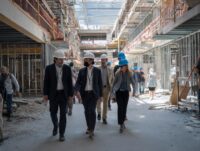
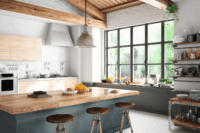

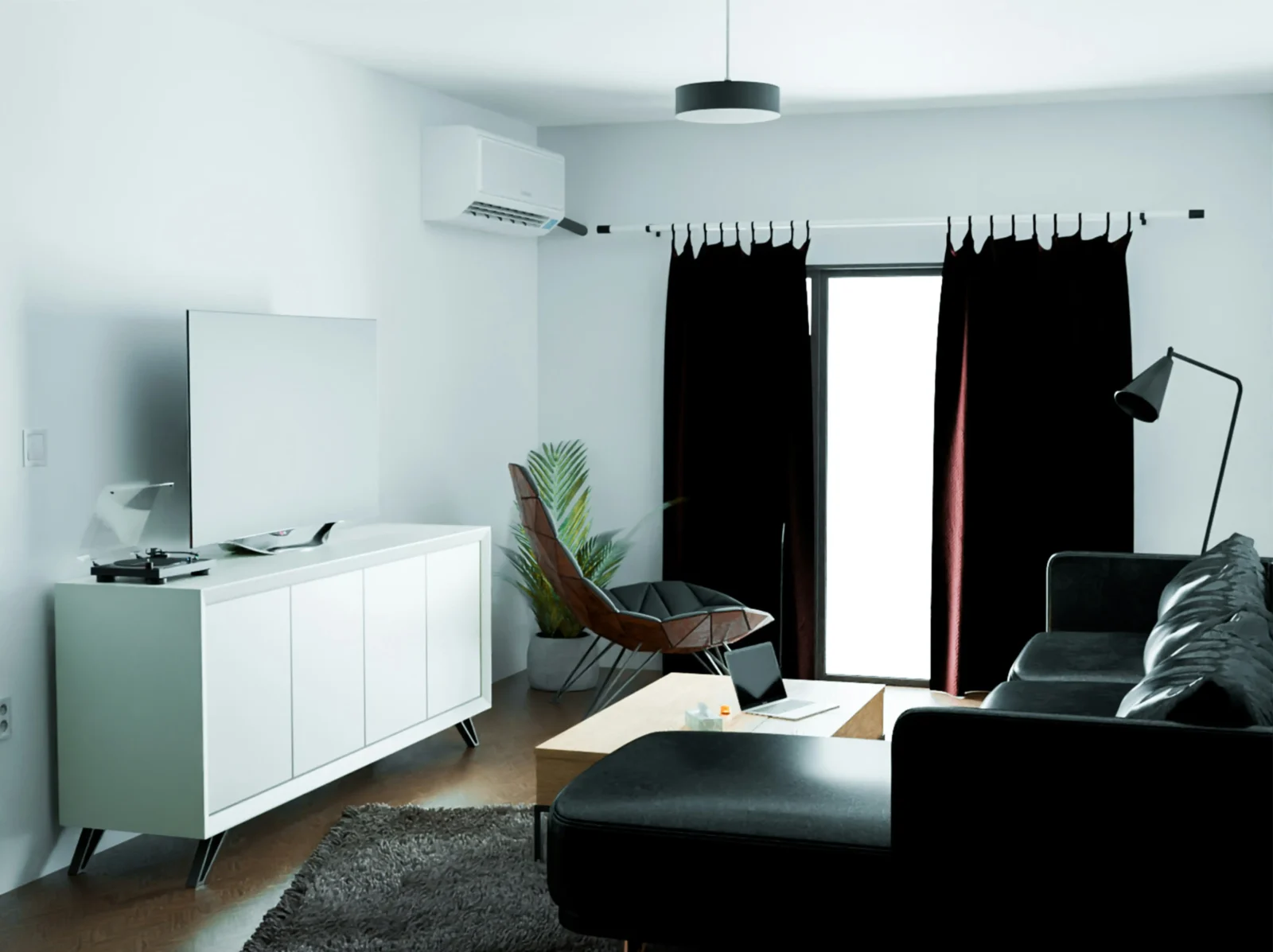
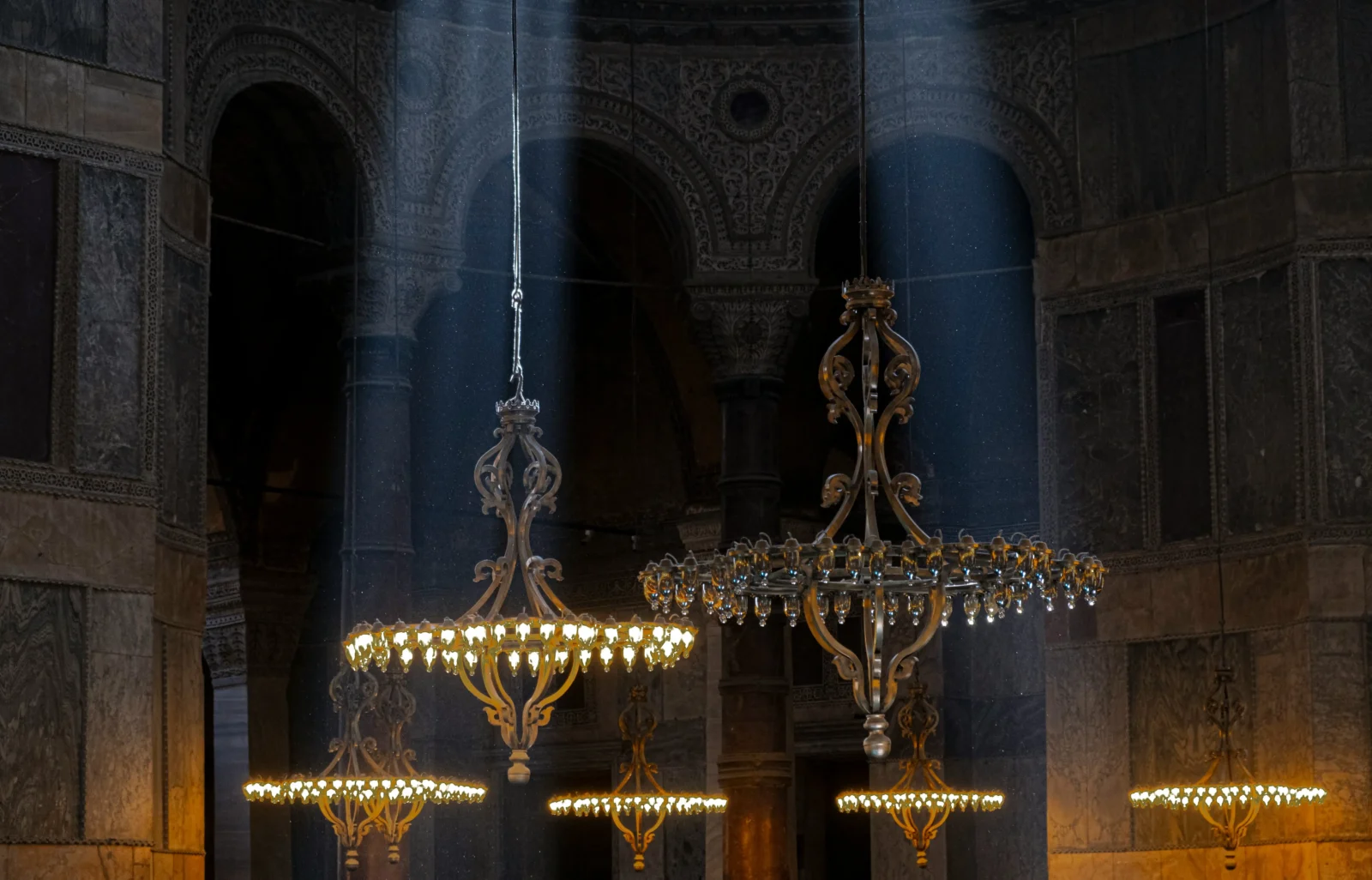
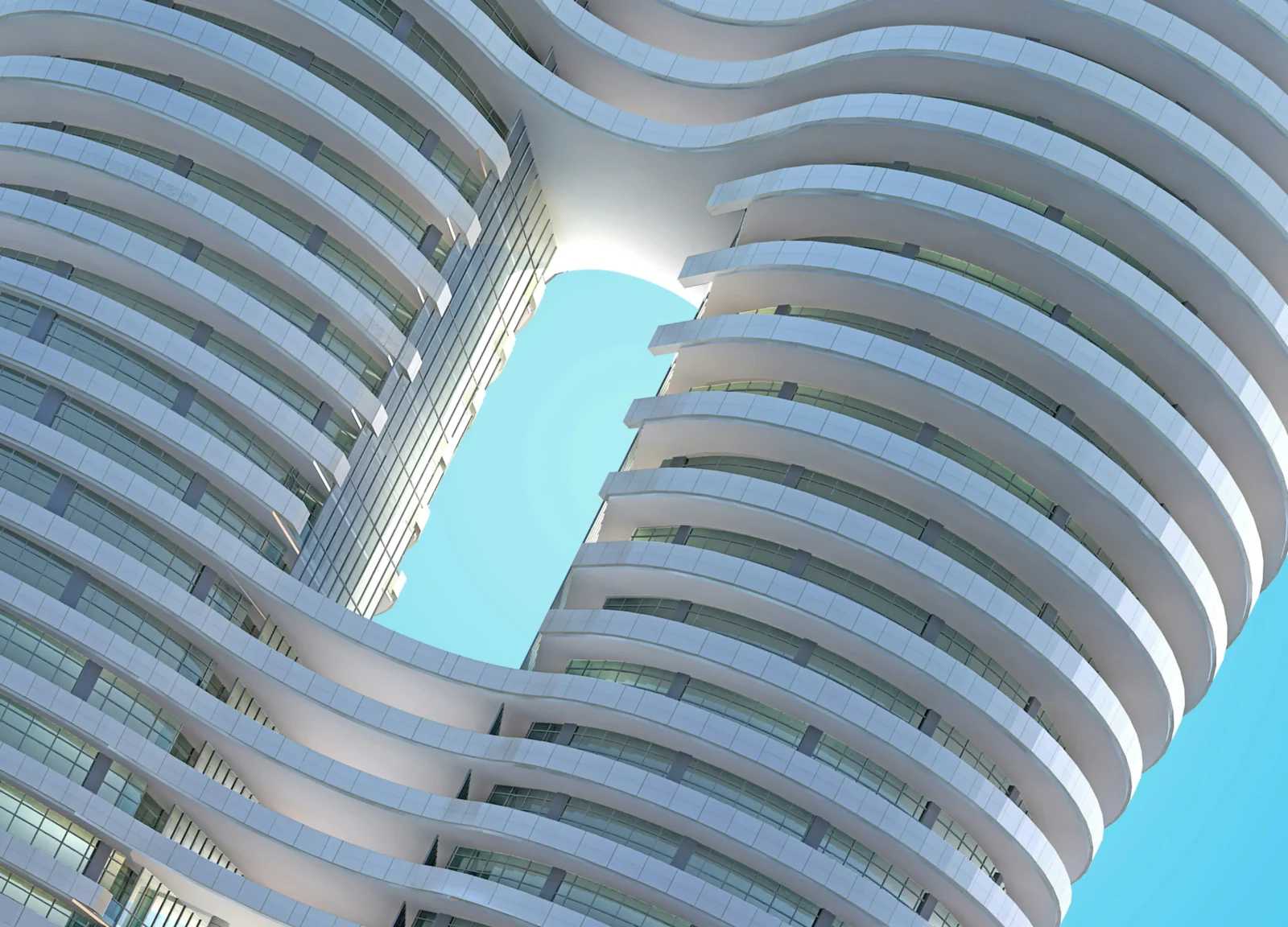
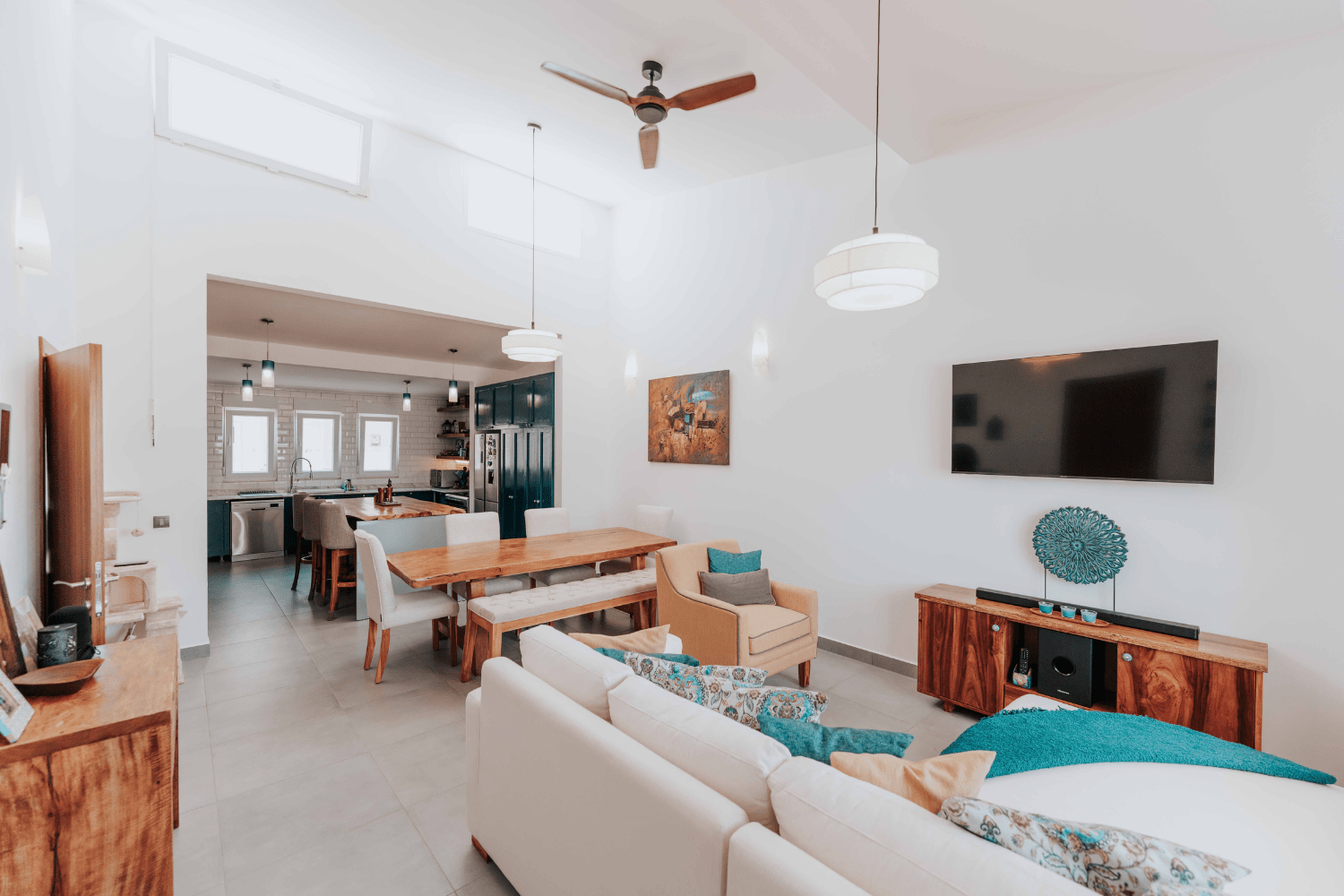
Leave a comment